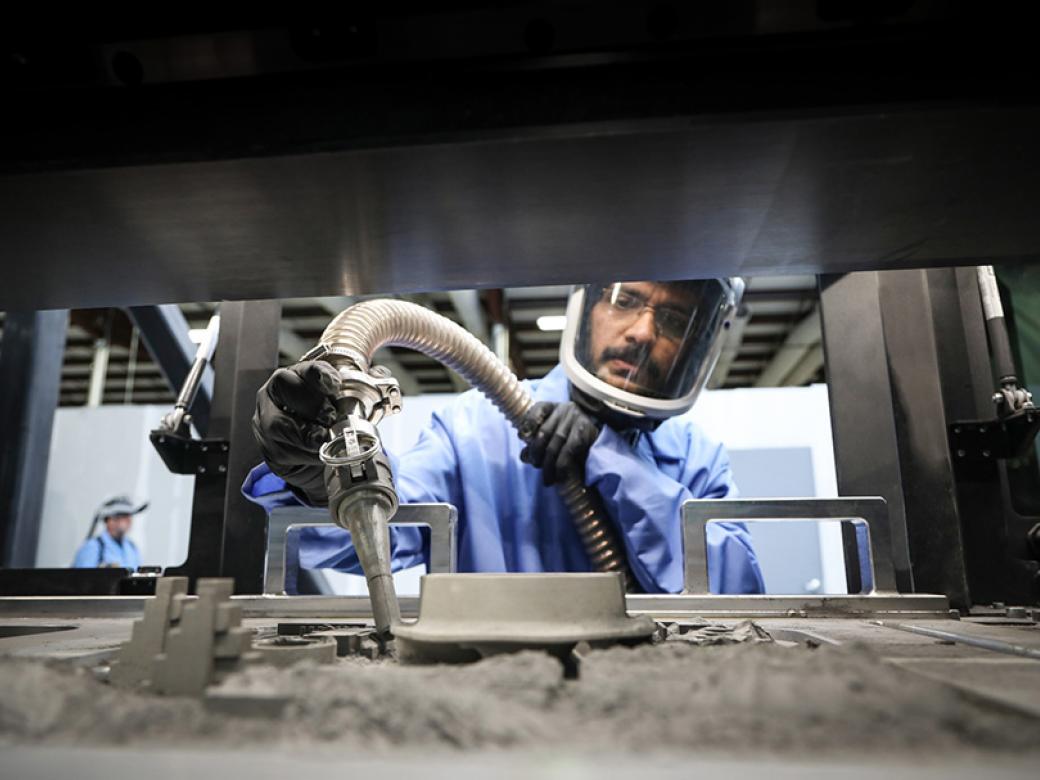Explore stories about the science behind air and space.

Explore stories about the science behind air and space.

Student
educational-use-permitted
Student
educational-use-permitted
Teacher
educational-use-permitted
Teacher
cc-by-nc
Teacher
cc-by-nc
Other
educational-use-permitted
National Air and Space Museum
6th St. and Independence Ave SW
Washington, DC 20560
202-633-2214
Open daily
10:00 am - 5:30 pm
Steven F. Udvar-Hazy Center
14390 Air and Space Museum Parkway
Chantilly, VA 20151
703-572-4118
Open daily
10:00 am - 5:30 pm